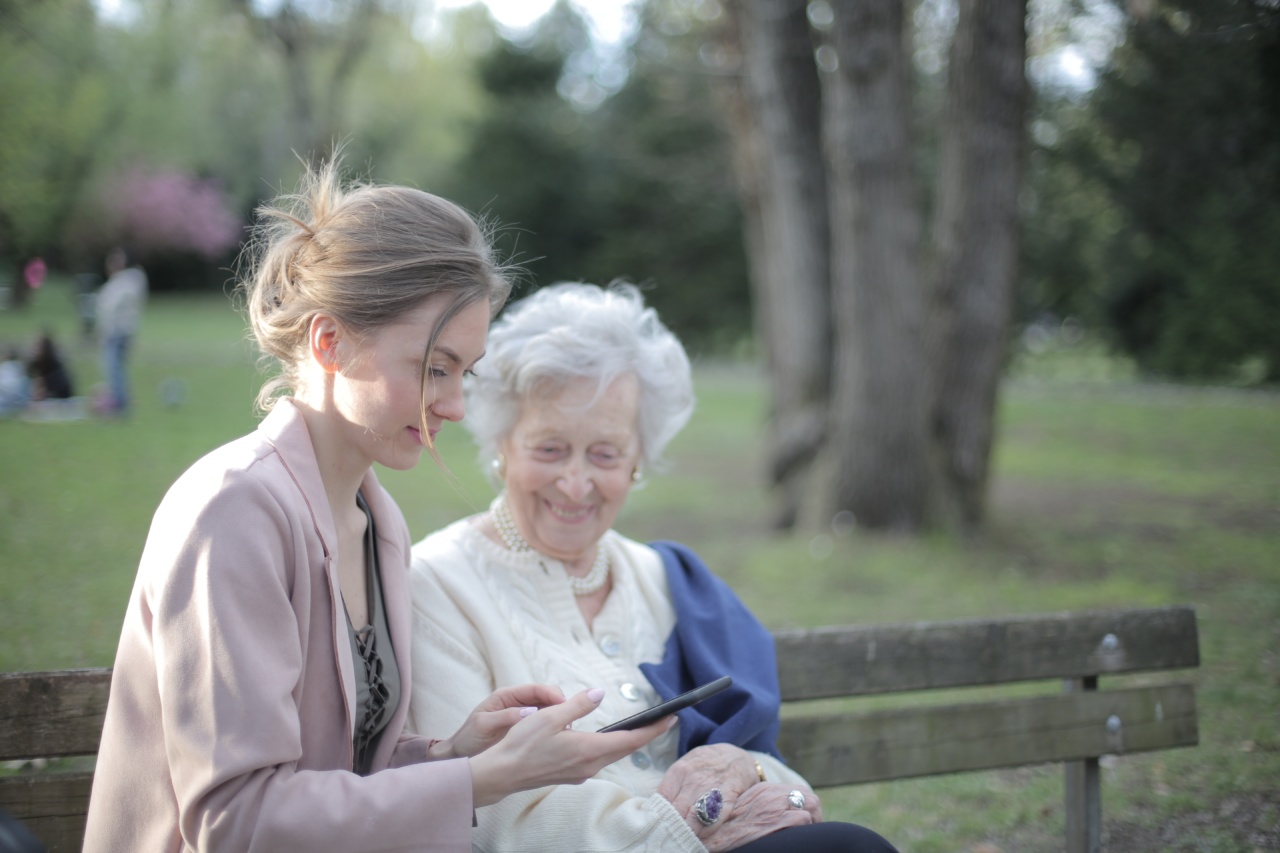Sunshine and summer vacations are a recipe for fun and joy, but it’s important to protect your child’s eyes during these carefree months.
Summer presents unique eye dangers from prolonged exposure to sunlight, harsh UV rays, and increased outdoor activities that can lead to eye injuries. Here are 30 ways to help your children keep their eyes safe while they play, swim, and explore the great outdoors this summer.
Sun Protection
1. Wear Sunglasses Outdoors
Sunglasses are not just a fashionable accessory, but they also protect your child’s eyes from harmful UV rays. Choose a pair that blocks 99-100% of both UVA and UVB radiation and fits comfortably on their face.
2. Use a Wide-Brimmed Hat
A hat with a wide brim can protect your child’s face and eyes from the sun. According to the Skin Cancer Foundation, a hat with a brim of at least 2-3 inches all around is ideal for maximum protection.
3. Stay in the Shade
Whenever possible, stay in the shade during peak sun hours from 10 am to 4 pm. This will provide a natural barrier from harsh UV rays and keep your child’s eyes safe.
4. Apply Sunscreen
Use a broad-spectrum sunscreen with an SPF of 30 or higher on your child’s face, including the area around their eyes. This will protect their skin and eyes from UV damage.
5. Avoid Tanning Beds
Tanning beds emit UV radiation, which is harmful to your child’s eyes and can increase the risk of eye cancer. Avoid using tanning beds entirely.
Swimming Safety
6. Wear Goggles
Pool chemicals and microorganisms present in water can cause eye irritation and infections. Wearing goggles can protect your child’s eyes while they swim.
7. Remove Contact Lenses
It’s important to remove contact lenses before swimming to avoid eye infections or corneal scratches. Swimming with contact lenses can trap microorganisms and cause infection.
8. Apply Eye Drops
Chlorine in pool water can cause eye irritation and redness. Applying lubricating eye drops can help soothe your child’s eyes and prevent potential eye-related problems.
9. Rinse Eyes with Clean Water
If pool water gets into your child’s eyes, rinse them with clean water immediately. This can help prevent irritation and infection.
10. Dry Eyes After Swimming
Drying your child’s eyes with a towel after swimming removes any leftover water, which can cause irritation and infection. Ensure that their eyes are completely dry and avoid rubbing them.
Outdoor Activities
11. Use Protective Eyewear
Playing sports, cycling and hiking are great summer activities, but they can pose risks to your child’s eyes. Use protective eyewear, like goggles or sports glasses, to protect their eyes while they enjoy these activities.
12. Keep Toys Safe
Safeguard outdoor toys like frisbees, balls, and dartboards. Check for any sharp or protruding edges as they can cause eye injuries if accidentally hit into the eye.
13. Use Safe Garden Tools
Gardening and landscaping are popular summer activities. Use safe garden tools, like shears and pruning tools, to avoid eye injuries caused by flying debris. Wear protective goggles when using such equipment.
14. Avoid Fireworks
Fireworks can cause severe eye injuries, including punctures, lacerations, and burns. Avoid them completely and enjoy professional fireworks displays instead, or from a safe distance.
15. Keep Chemicals Away
Chemicals in lawn care products, like fertilizers and pesticides, can be harmful to your child’s eyes. Keep them locked away in a safe, dry place, away from your child’s reach.
Eye Health and Hygiene
16. Wash Hands Frequently
Handwashing is a simple and effective way to protect your child’s eyes from infections. Encourage them to wash their hands frequently, especially before touching their eyes or face.
17. Keep Hands Away from Eyes
Discourage your child from rubbing their eyes or touching them with dirty hands, which can cause eye infections and irritation.
18. Maintain a Balanced Diet
A balanced diet rich in vitamins and minerals is essential for eye health. Ensure that your child’s diet includes foods high in vitamin C, vitamin E, and beta carotene, such as carrots and leafy greens.
19. Ensure Proper Sleep
Sleep is crucial for maintaining your child’s overall health and eye wellness. Ensure that your child gets adequate sleep, at least 8-9 hours a day, to prevent eye fatigue and dark circles.
20. Regular Eye Checkups
A regular eye exam is necessary to ensure your child’s eyes are healthy and to detect any potential problems early on. Schedule an appointment with an eye doctor at least once a year.
Symptoms to Look Out For
21. Redness and Swelling
If your child’s eyes are red and swollen, it can indicate an eye infection or inflammation. Seek medical assistance immediately if these signs persist for more than a day or two.
22. Eye Discharge
Eye discharge is often a symptom of an eye infection or allergies. Consult an eye doctor immediately to determine the root cause.
23. Blurred Vision
Blurred vision can indicate a vision problem or refractive error. Schedule an eye exam with an eye doctor to determine if your child needs corrective glasses or contact lenses.
24. Squinting
Squinting can indicate eye strain or an underlying vision problem. If your child squints frequently, schedule an appointment with an eye doctor to rule out any potential problems.
25. Light Sensitivity
If your child is sensitive to light, it can indicate an eye infection or inflammation. Seek medical attention immediately if this persists for more than a day or two.
Emergency Eye Care
26. Don’t Rub the Eye
If your child gets something in their eye, like sand or dust, encourage them not to rub it as this can cause further irritation or damage.
27. Flushing with Water
If your child gets a foreign object in their eye, prompt flushing with water can help remove it. Use only clean water to flush out the eye, and seek medical attention if the object does not come out or the irritation persists.
28. Seek Medical Attention
If your child gets a chemical in their eye or experiences a more severe eye injury, such as a cut or puncture, seek medical attention immediately.
29. Use an Eye Patch
If your child has an eye injury or infection, an eye patch can offer temporary relief and prevent further injury. Ensure it’s not too tight to avoid causing pressure on the eye.
30. Emergency Contact Information
Keep a list of emergency contact numbers, including your eye doctor’s phone number, on hand in case of an eye emergency.




























